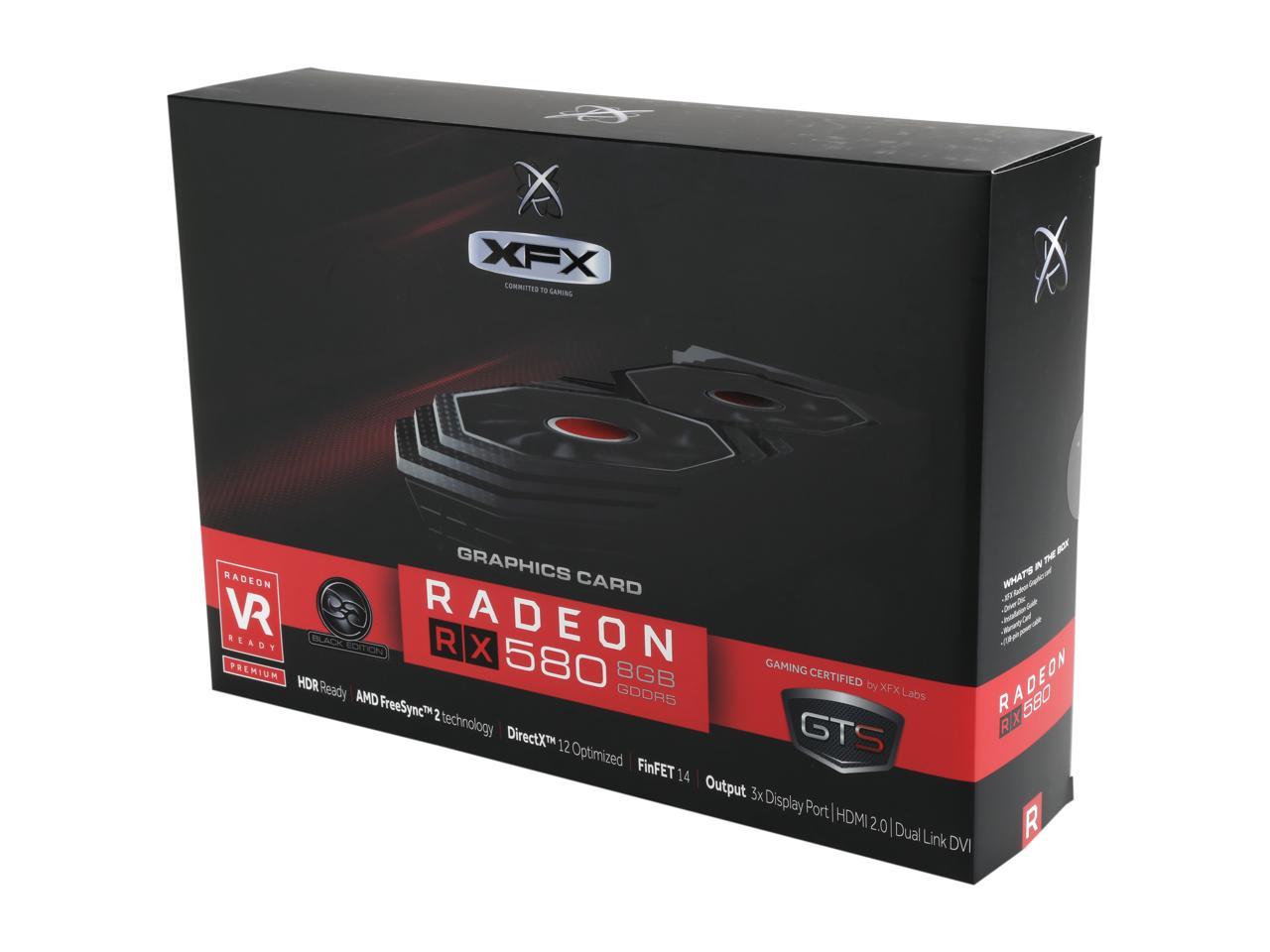
The primary difference, looking purely at the spec sheet from AMD, is that the newer card has a higher base clock speed (1,257MHz), compared to 1,120MHz on the Radeon RX 480 (a jump of just over 12 percent). And both cards feature the same 256-bit memory bandwidth. Both chips have a reported die size of 232mm squared, and both feature 36 compute units, 2,304 stream processors, and 144 texture units. And we see a good many similarities between the specs of the RX 580 and the Radeon RX 480 it's replacing. But the company didn't provide any details about major changes with this chip that's at the core of the RX 580 and RX 570. We're sure there's something, under the silicon hood, substantially different about the Polaris 20 chip that lets AMD claim it's new. So we're taking everything AMD says about these cards with a grain of salt. Yet the night before launch, we were sent a list of cards by the company that cited five 4GB models of the Radeon RX 580. Then again, we were also told in person by AMD reps that the Radeon RX 580 would be offered only with 8GB of GDDR5 memory, rather than the 4GB and 8GB options offered up with the previous-generation Radeon RX 480. But AMD insists that the Radeon RX 580 is based on a new Polaris graphics chip, dubbed "Polaris 20." Given that, and the fact that these are also based on Polaris chips (plus AMD's history of, at times, rebadging existing silicon with a few minor tweaks and calling it a next-generation card), you might be thinking that that's what's going on here. Now, those paying close attention to the graphics-card game will note that the RX 580 and RX 570 are positioned pretty much in line with the RX 400 series cards they're replacing.

RX 580 cards with 8GB of memory should start at $229. Cards based on the lower-end Radeon RX 560 will also be available starting today, with Radeon RX 550 cards on the way later in the week. The Radeon RX 580, which we're looking at here in the form of an XFX card (the $249.99-MSRP Radeon RX 580 GTS XXX Edition), and the Radeon RX 570 (which you can expect a review of here shortly) are expected to compete with the Nvidia GeForce GTX 1060 and GTX 1050 Ti, respectively. (Opens in a new window) Read Our Nvidia GeForce GTX 1080 (Founders Edition) Review

How to Free Up Space on Your iPhone or iPad.

How to Block Robotexts and Spam Messages.


 0 kommentar(er)
0 kommentar(er)
